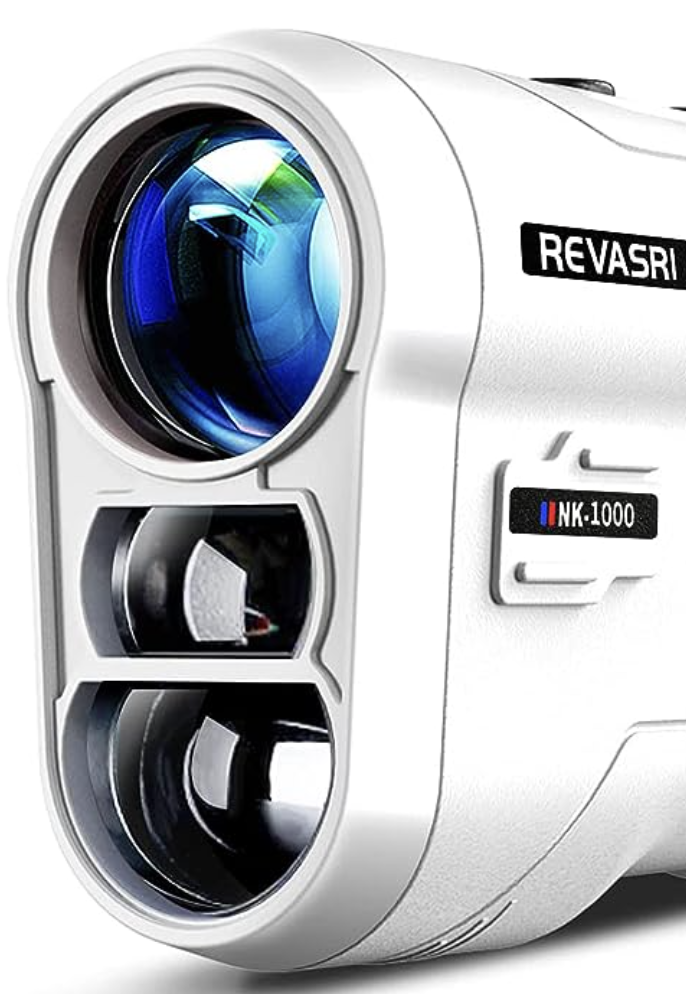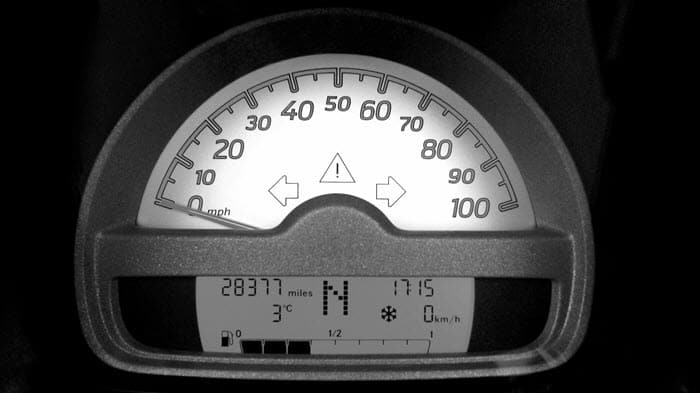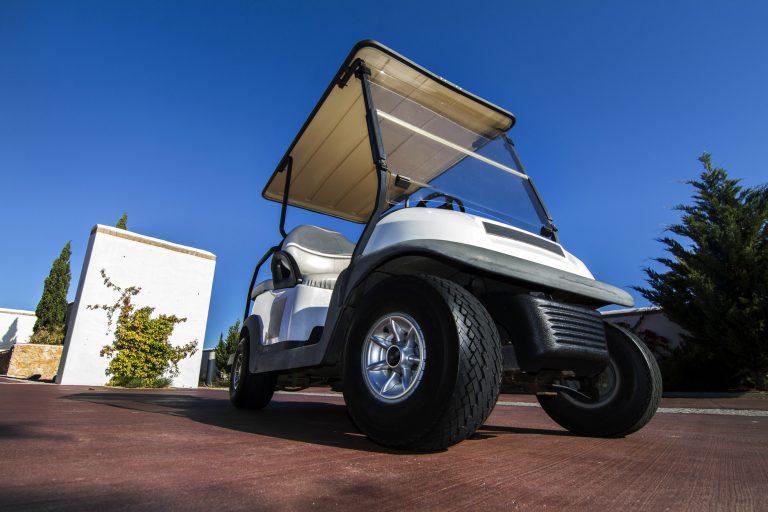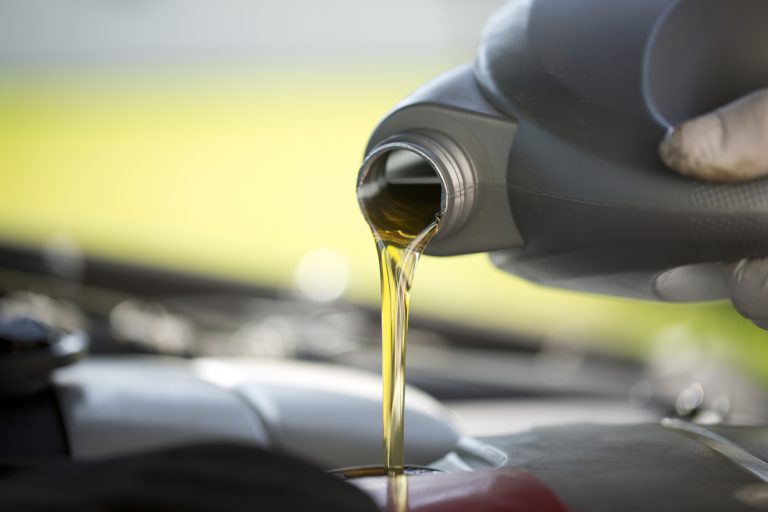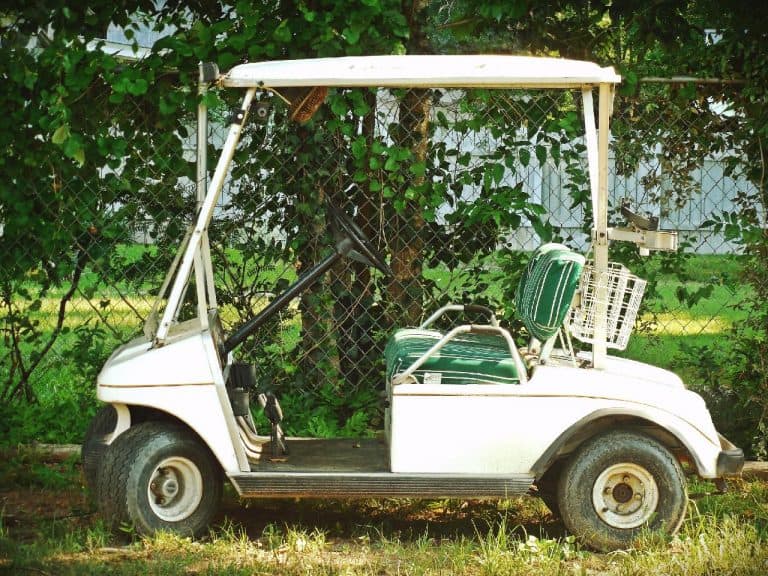How to Read Golf Cart Tire Sizes (Everything to Know)
Tires for your golf cart are some of the first things that need to be replaced when you own a cart. But it may seem not very safe when looking at all those numbers that appear not to make any sense.
My initial experience of looking at a size chart made me feel like I was back in math class, but I did learn how to read golf cart tire sizes with a little practice. You can read golf cart tire sizes using two basic formats.
Typically, the first reading on a cart or spec guide represents the height and width in inches. Its third value shows the size of the wheel the tire fits. the second formula involves ratio utility involving the width and overall height. The last number also represents the size of the wheel the tire suits.
But to get a full understanding of wheel size for tires on your cart, let’s take a deeper look and get a full explanation of what reading these sizes includes.
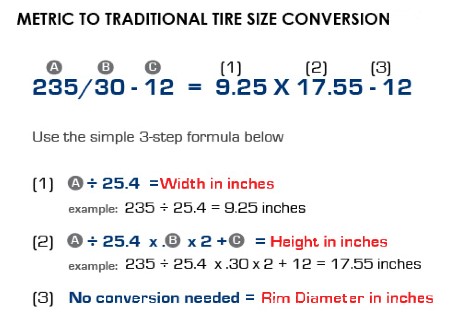
How Are Cart Tires Measured?
Knowing the tire measurements is one of the best ways to identify the ideal option for your needs.
Cart tire measurements typically involve getting the sizes of the width, height, and overall diameter.
Manufacturers usually provide the tire measurements at the store, making identification easier. Despite this, you can also measure a tire when unsure of the factory size.
- First, you use a tape measure and note the tire’s height. This measurement involves recording the length from the floor to the top via the broadest section.
- Second, measure and record the width of the tread tire.
- Last, measure and write the cart tire’s diameter.
I understand measurements better using inches.
However, I often receive only the metric measurements. If you are like me, you can turn to a cart tire size calculator online.
Alternately, you can exercise your math skills by directly converting your findings to inches using the formula below:
Tire height in millimeters / 25.4 × .3 × 2 + 12 = Height in inches
Tire height in millimeters / 25.4 = Width in inches
Verifying Your Golf Tire Offset
Apart from tire measurements, knowing the offset of your cart tire is necessary. An offset refers to the distance from the hub mounting surface to the centerline of your wheel. This measurement typically comes in millimeters.
The numbers can be negative, positive, or zero.

Manufacturers integrate the golf tire offset measurement on your tire. You can verify it by inspecting the factory tires for the printed sizes. Notably, they often have a label with “ET” and the numbers in millimeters.
Even though it may seem knowing your tire size is sufficient, I advise you to learn your offset, too. An incorrectly calculated offset can lead to your cart tire wearing down faster. This rapid drop in quality may increase your risk of a blowout.

of Callaway ERC Triple
Track Golf Balls for
yourself or your buddy!
What do the golf cart wheels’ sizes mean?
Most golf cart tire measurements come in the 18×8-10 format. The first value, 18, refers to the cart tire’s full diameter. It helps you know its height from top to bottom in inches. The following number, 8, signals the tire’s width.
Last, the ultimate value, 10, shows the size of the tire’s center. This number lets you know what size of a wheel can fit your tire. Thus, an 18×8-10 cart tire is 18-inch tall, 8-inch wide, and can suit a 10-inch wheel.
What is in 205 30 14 Golf Tires?
When looking at golf cart tire measurements, you can also encounter the automotive format. This size follows a ratio format, such as 205/50-10.
The first value, 205, indicates the tread width in millimeters. The second number, 50, refers to the aspect ratio or the side-wall measurement. This format’s last value, 10, is the size of the wheel your tire can fit in inches.
Golf cart sizes typically provide readings on two primary types of golf cart tires; the street and all-terrain cart tires. It is wise to know these two tire types to ensure you pick the right one for your golfing requirements:
Street Golf Cart Tires
The Street tires are the standard factory types that commonly come with your new golf cart. Their design makes them ideal for riding on soft turfs like golf courses and paved roads.
They are gentle on the greens with superior weight distribution and traction. These qualities deliver a smooth and comfortable ride without damaging the lovely golf courses.
All-Terrain Tires for Your Golf Cart
These models provide the most versatility. I love them since I often use my golf cart without concern about quick wear and tear damage. They also enable me to ride on various kinds of terrain. I do not have to miss a golfing event in wilder sceneries.
The all-terrain cart tires feature a shallow and smoother tread for driving on paved paths and soft turf. However, they integrate sufficient traction to support riding off-road, including on loose dirt trails or the beach.
Do golf and beach go together?
Oh yes, and I thank whoever considered incorporating golf courses in many beach resorts.

and apparel.
gear, accessories and apparel. (affiliate link)
What Size Wheels Are On A Golf Cart?
You can get different-sized wheels on a golf cart to suit various tire types. If you seek lifted golf cart tires, you can find 8-inch, 10-inch, 12-inch, 14-inch, and 15-inch wheel sizes. The non-lifted cart tires are available for wheels measuring 8, 10, and 12 inches.
I appreciate that you can get some non-lifted and lifted combos available. The non-lifted combos are available in 8,10,12,14, and 15 inches. You can find the lifted combos in 8, 10, 12, and 14-inch sizes.
Another aspect I like considering when looking at wheel sizes and cart tires is ply rating. The ply rating refers to a tire’s thickness. It indicates how durable it will be and which terrain it best suits.
| Lifted Golf Cart Tires | 8-inch, 10-inch, 12-inch, 14-inch, and 15-inch wheel sizes |
| Non-lifted Golf Cart Tires | 8-inch, 10-inch, and 12-inch wheel sizes |
For instance, a 6-ply tire features extra thickness, making it more puncture-resistant and suitable for extreme off-road use. A 4-ply option has a more versatile and tougher construction, suiting utility on paved streets and moderate to extreme off-road.
The models with a 2-ply rating offer a spongy and soft ride on larger wheel assemblies. They are my favorite because they are perfect for riding on golf courses and support light off-road use.
In Conclusion
As you can see, golf cart tires are not the most simple things to asses when needing new tires.
The best thing for you to do is to read what is currently on your cart and get similar wheels if your use case for the cart will not change. (like converting it to an ATV or hunting cart)
So once you have decided on an old or new use case for your cart, hit up Amazon or your favorite golf cart accessory retailer and get back riding as soon as possible.
Check out my other article about golf cart tires: How Long Do Golf Cart Tires Last?
